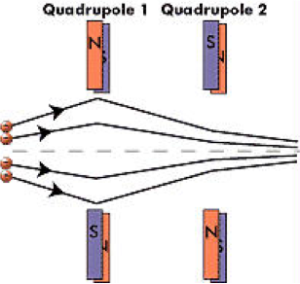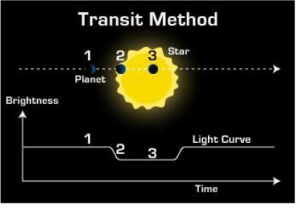by Jalen Crump
Hello curious viewer! I was skimming around Zooniverse (which is a web-based citizen science organization) one day and came across a project containing particle physics. I’ve always been interested in physics, so exploring this project was a simple yes for me. It’s run by Higgs Hunters, a group of scientists and organizations who research particle physics. We’ll get more into Higgs Hunters in further posts. But for now, what is particle physics?
Particle physics is the study of the basic elements of matter and the forces acting on them. It also aims to determine the laws that control what makes up the universe and matter, such as gravity and energy.
The research of particle physics utilizes various pieces of technology. The technology utilized is called a particle accelerator. The most famous of the accelerators is called the LHC (Large Hadron Collider). A question now arises: How do these accelerators work? The most basic process is that these accelerators accelerate beams of charged particles into areas of the accelerator called particle detectors. Often two beams are set up to collide with each other or sometimes with stationary objects. This collision produces light. One of the detector’s jobs is to locate any new particles found within the light or from remnants of the collision. The collision is driven by what is called electromagnets. These magnets steer and focus the particles to their collision point. When particles are first accelerated, they tend to move in all directions. A quick physics lesson on why the particles stay compressed in the accelerator is that magnets have opposite ends ( North & South) that provide forces on the particles that keep them compressed. Below is a diagram of how the magnets in the collider work.
The lines in the diagram represent the lines of particle’s motion.The poles are producing a squeezing force, balancing the beam of particles to be the middle.
Now that we know how colliders work, let’s quickly overview a famous detector called ATLAS. Atlas is one of four detectors in the LHC and is responsible for studying the precise details of new particles left over from a collision. Atlas looks into the light from a previous collision to start its research. Recently, a new particle has been found called the Higgs Boson. This is what ATLAS is currently studying.
Fun Fact: Smashing particles excessively can recreate the conditions that were present in less than one billionth of a second after the Big Bang.
In conclusion, particle physics is a very complex subject and produces masses of data. With that said, you can be involved. How? Well, look out for the next post to find out!


